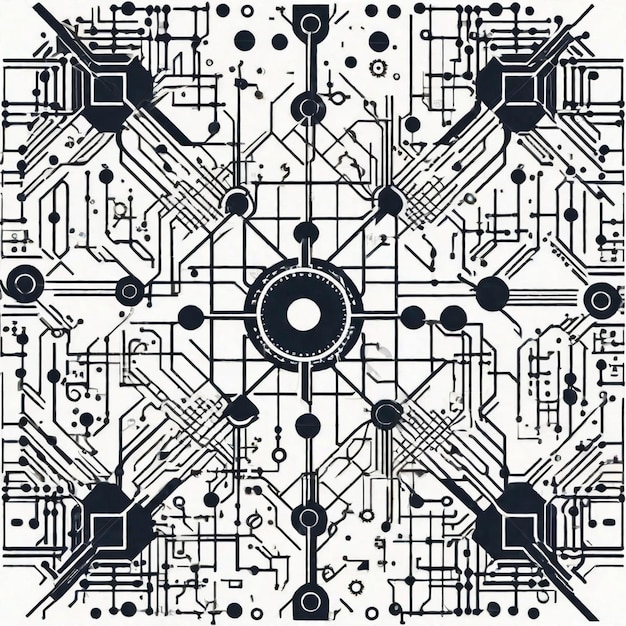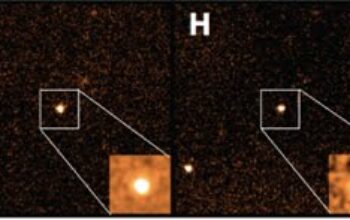Quantum computing represents the zenith of computational paradigms, transcending the limitations of classical computing through the principles of quantum mechanics. As this field accelerates towards maturity, various aspects emerge at the forefront, each bringing forth innovative approaches and applications. This article delineates the current cutting-edge developments in quantum computing, encompassing the intricate technologies, architecture variations, and practical applications alongside the challenges that are yet to be surmounted.
1. Quantum Bits (Qubits) and Their Innovations
At the heart of quantum computing lies the qubit, the basic unit of quantum information. Unlike classical bits, which exist in either a 0 or 1 state, qubits can exist simultaneously in multiple states due to superposition. This property allows quantum computers to process vast amounts of information concurrently. Diverse technologies are employed to implement qubits. Leading contenders include:
- Superconducting Qubits: Utilized by giants like IBM and Google, these qubits exploit superconductivity to minimize energy dissipation and enable rapid gate operations.
- Trapped Ions: Employing electromagnetic fields, companies such as IonQ harness trapped ions to create qubit states that are remarkably stable and long-lived.
- Topological Qubits: Microsoft is exploring this innovative approach, which posits that manipulating qubits derived from topological states could provide greater error resistance, thereby enhancing fault tolerance.
These various implementations explore the trade-offs in scalability, coherence time, and gate fidelity, thus characterizing the contemporary landscape of qubit technology.
2. Quantum Algorithms and Software Development
The evolution of quantum computing is not solely contingent upon hardware advancements but also relies profoundly on the development of quantum algorithms capable of extracting computational power. Key algorithms have been proposed that utilize quantum principles:
- Shor’s Algorithm: A seminal algorithm that exponentially speeds up the process of factoring large integers, which holds significant implications for cryptography.
- Grover’s Algorithm: This algorithm offers a quadratic speedup for unstructured search problems, showcasing the potential of quantum speedup in practical applications.
- Variational Quantum Eigensolver (VQE): An algorithm designed for quantum simulation, particularly in determining ground states of molecular systems, thus accelerating advances in materials science and chemistry.
These algorithms are supported by burgeoning software frameworks, such as Qiskit and Cirq, which facilitate the design and execution of quantum circuits on real quantum devices.
3. Quantum Cryptography: A New Era of Security
The ramifications of quantum computing extend far beyond computation, significantly impacting the arena of cryptography. Quantum key distribution (QKD) is heralded as a transformative technology, providing provable security against any potential eavesdropping. This is achieved through:
- Quantum Entanglement: This phenomenon allows the generation of shared keys between two parties, ensuring any attempt by a third party to intercept or measure the quantum states inherently alters them, thus revealing their presence.
- BB84 Protocol: One of the first QKD protocols, which utilizes the principles of quantum mechanics to create secure communication channels.
As organizations become increasingly cognizant of the potential vulnerabilities posed by quantum computing, investing in quantum-resistant cryptographic methods is gaining momentum.
4. Quantum Supremacy and Practical Applications
One of the pivotal milestones in quantum computing is the demonstration of quantum supremacy, where quantum devices are shown to surpass classical computers in specific computational tasks. Google’s achievement in 2019 not only validated the quantum advantage but also set a benchmark for future research. Recent practical applications being explored include:
- Optimization Problems: Companies are leveraging quantum algorithms for complex optimization challenges across industries, such as logistics, energy distribution, and financial modeling, promising enhanced operational efficiencies.
- Drug Discovery: Quantum computers are being deployed to simulate molecular interactions, enabling pharmaceutical companies to expedite the drug discovery process.
- Artificial Intelligence Integration: Quantum annealing techniques are being investigated to improve machine learning algorithms, potentially revolutionizing data analysis and interpretation.
The intersection of quantum computing and various domains indicates a potent trajectory towards groundbreaking innovations across multiple fields.
5. Challenges and the Horizon Ahead
Despite the remarkable progress, several formidable challenges persist in the journey of quantum computing. Issues such as:
- Error Rates and Decoherence: The susceptibility of qubits to environmental noise leads to errors in computations and decoherence, which must be addressed through error correction techniques.
- Scalability: The development of scalable quantum systems remains a critical hurdle, as operating numerous qubits while maintaining coherent states is exceptionally intricate.
- Resource Intensity: Quantum computers require substantial resources for cooling and maintaining their operational states, posing logistical challenges for widespread adoption.
Nonetheless, ongoing research and innovation continuously chip away at these barriers. Collaborative efforts among academia, industry, and government entities are essential to chart pathways toward a future where quantum computing can realize its full potential.
In conclusion, the realm of quantum computing is at a pivotal juncture marked by myriad technological advancements, burgeoning applications, and persistent challenges. It is clear that this field will continue to evolve rapidly, reshaping our computational landscape and influencing diverse scientific inquiries and commercial endeavors for years to come.










